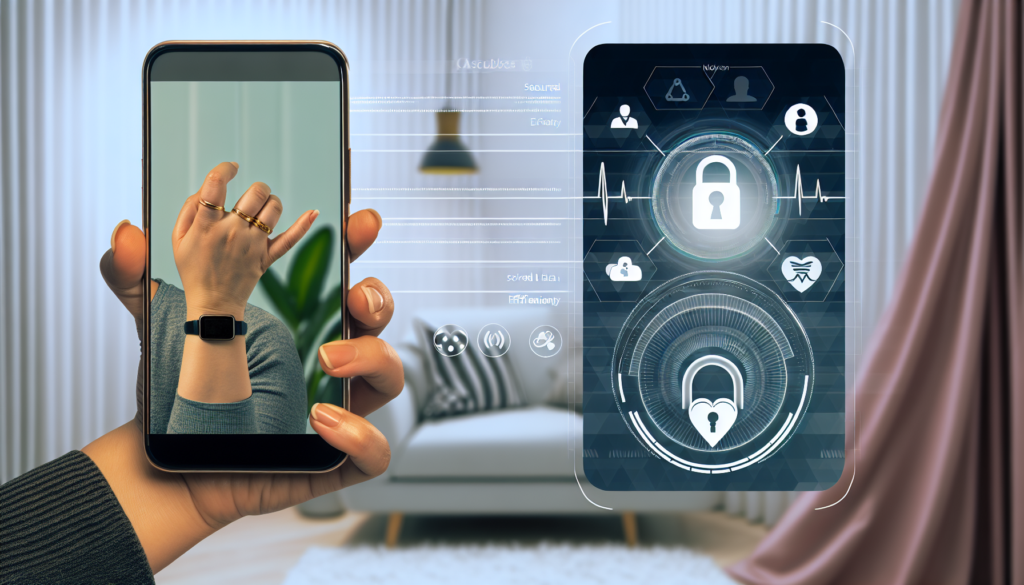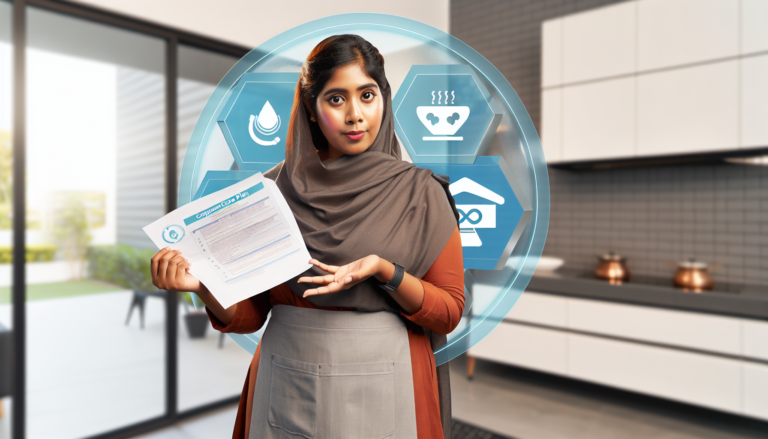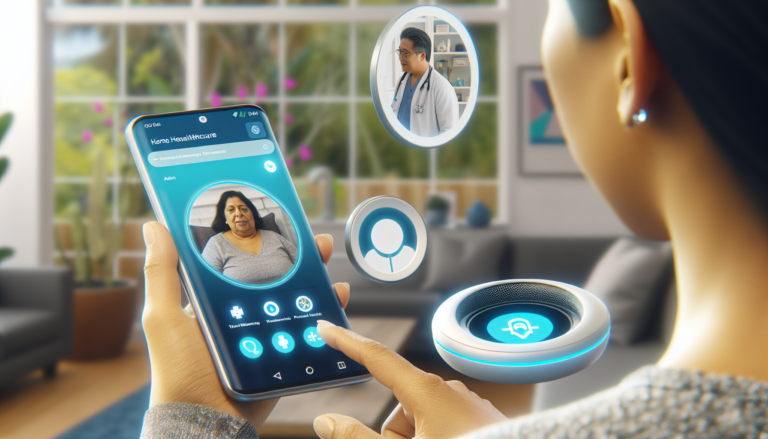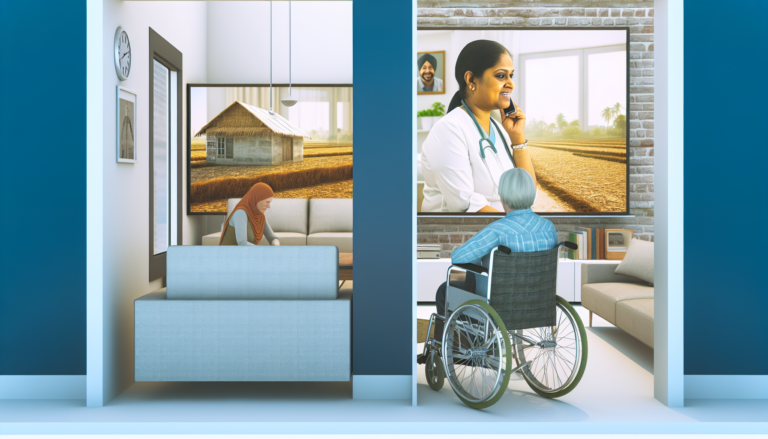Embracing Telemedicine in Home Health Care: A Guide to the Future
As we navigate through the 21st century, it is becoming increasingly clear that digital technology is reshaping the healthcare landscape. Among the transformative trends in the industry, telemedicine seems to be leading the charge in revolutionizing care delivery mechanisms, specifically within the home health care realm. Telemedicine, a system that allows healthcare professionals to provide clinical services to patients remotely, is fostering a significant evolution in home health care, let’s delve deeper.
What Does Telemedicine Mean for Home Health Care?
Simply put, telemedicine brings healthcare to you, rather than the other way around. This has immense implications for home health care patients, especially those managing chronic conditions, mobility issues, or requiring frequent complex care procedures. Telemedicine facilitates real-time remote patient monitoring, consultations, and treatment advisories, bridging the gap between patients and healthcare providers.
Advantages of Telemedicine in Home Health Care
- Accessibility: Telemedicine makes it simpler for mobility-restricted or rural-dwelling patients to access quality healthcare. It can reduce or potentially eliminate the need for regular hospital visits, saving time, effort, and resources.
- Efficiency: The ability to monitor patient health data and hold consultations in real-time increases care efficiency. It enables timely intervention, reducing unnecessary hospitalizations, and improving patient outcomes.
- Empowerment: With telemedicine, patients have more control over their health management. With the influx of wearable technology and health apps, self-monitoring and preventive care are becoming more prevalent.
Telemedicine Technologies for Home Health Care
From video conferencing tools for virtual doctor visits to wearable devices for vitals monitoring, telemedicine employs several technologies. Many home health care providers are also leveraging tools like electronic health records (EHR) to streamline data management and facilitate collaborative care.
Key Challenges and Future Trends
While the benefits of telemedicine are compelling, there are hurdles to surmount. Issues around cost, coverage, patient familiarity with digital tools, and data security all need addressing. Despite these challenges, the future of telemedicine in home health care looks promising. Prevailing trends are showcasing a move towards personalized medicine, integrated care models, and enhanced use of AI and machine learning for predictive analysis and health monitoring.
Conclusion
Telemedicine and home health care are unarguably a match made in the digital era’s medical hub. Adoption might pose challenges, but as we move towards a patient-centric care model, telemedicine’s integration into home health care is more a question of when, not if. For patients and healthcare providers alike, keeping abreast of these innovations becomes essential, taking us a step closer towards a future where quality healthcare is literally at our fingertips.



